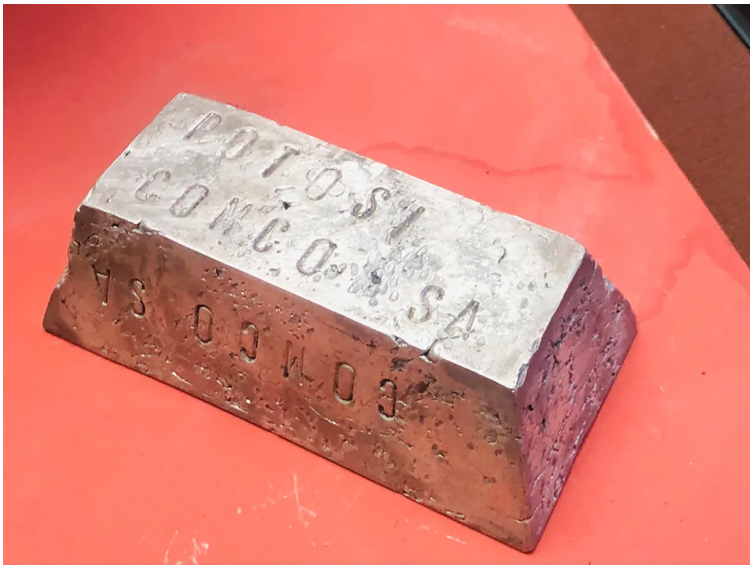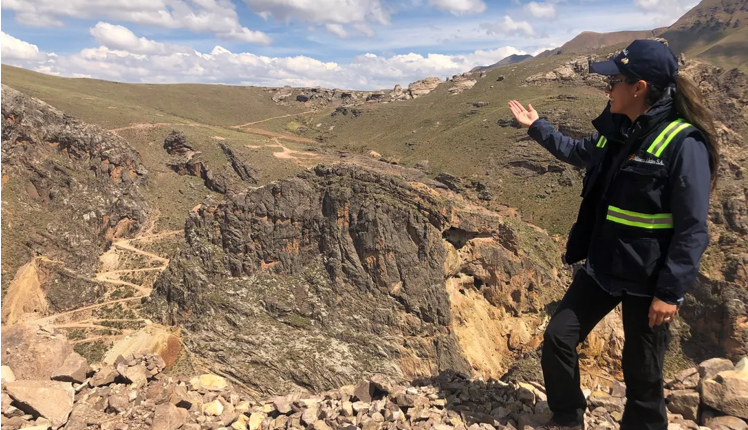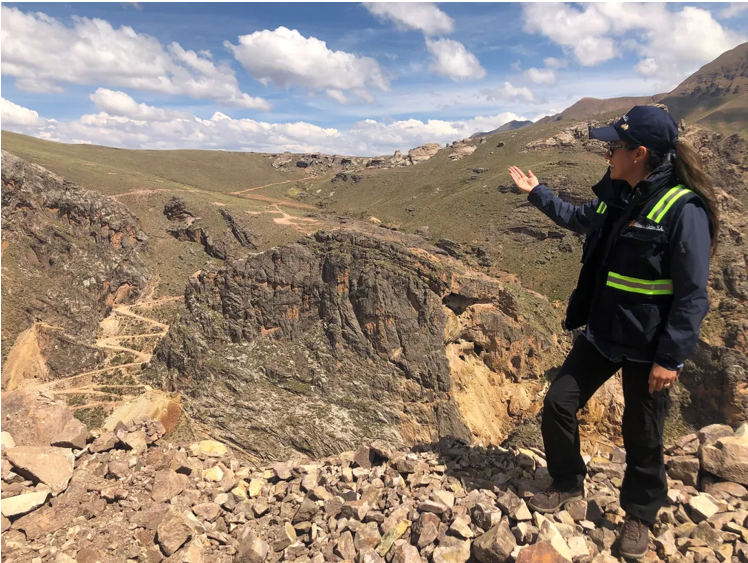Silvercorp’s (TSX:SVM) investee, New Pacific (TSX:NUAG), explores Bolivia’s silver and gold mining potential.
Silver has always been one of the world’s most coveted precious metals, and the Bolivia/Peru region has been an important source of silver since the days of the Spanish conquest. “The Spaniards came to Mexico and South America looking for gold, and they did find some, but what they really discovered was silver,” explains geologist Peter Megaw, who is the lead technical advisor to New Pacific Metals, a Canadian company focused on the exploration and development of precious metals properties.
Silver has had its ups and downs in terms of its importance as a commodity. In the 20th century, demand for silver was primarily driven by its use as a monetary asset, but “as silver was dropped from backing currencies all over the world, demand for silver fell and some places that were more difficult than others to work in got back-burned in terms of mining for silver,” says Megaw.
More recently, however, interest in silver has been burgeoning due to industrial demand, Megaw goes on to explain. “We’ve seen an evolution in silver demand over the last 25 years, from being about 85 per cent monetary, including silverware and decorative pieces, toward now being a little over 50 per cent industrial. There are a few reasons for this. Silver is the most conductive metal. It’s what makes components of alternate energy systems work, it makes solar panels work, it makes high-efficiency data transmission cables work, and increasingly, the recognition that silver is a passive biocide means it’s getting incorporated into all kinds of biomedical applications.”
While the world is recognizing the advantages of silver, it’s electronics that are really driving the demand, insists Megaw. “Modern combustion engines in cars use approximately an ounce and a half of silver, mostly in computers. Between the computers and electronics of an electric car, it’s about twice that amount, so when you multiply that over millions of cars, that adds up to huge amounts of silver. That’s one of the many reasons we’re seeing a huge shift in focus to silver.”
So, if you’re looking for silver, where do you go? According to Megaw, 25 per cent of the world’s silver has come from Mexico, and another 25 per cent has come from Bolivia and Peru. The world’s second-largest silver district is Cerro Rico de Potosi in Bolivia, which produced between 1.5 to 2.0 billion ounces of silver. “If you’re serious about mining for silver, you want to find a big deposit. Bolivia is clearly an elephant country when it comes to silver, but until a few years ago, it was a politically complicated place, so Bolivia has seen much less concentrated exploration than Mexico, for example.”
In recent years, the political and economic tide in Bolivia has changed. “For about 15 years now, with only a short interruption, we have had a lot of political stability with a government which has implemented left-leaning laws and policies,” says Carlos Pinto, a partner with PPO Legal in Santa Cruz, Bolivia, specializing in international investment in Bolivia, including the mining sector. “We have a regulatory framework for mining that is about five or six years old, very straightforward and very clear. With our mining assets, and neighbouring Chile and Peru going through political instability, investors from all over the world are now looking at Bolivia with heightened interest. Bolivia is currently enjoying economic stability as well, with a very low inflation rate.”
This steady climate has made investors stop and take note of all that Bolivia has to offer — unexplored geology with limited exploration in recent times, an excellent mineral endowment and good prospecting opportunities, particularly for those interested in mining for silver, and a new government seeking foreign investment which is leading to an increased international interest in the country. “The government definitely understands the situation. They’ve issued a very strong investment law to welcome investors and tax incentives for mining operators,” says Pinto.

One of the first and most prominent mining players is Canada’s New Pacific Metals, which currently owns three exploration-stage silver projects in Bolivia: Silver Sand, Silverstrike and Carangas. Megaw says these may become open pit mines, which makes them easier and quicker to bring into production, with the potential to be huge silver deposits. And particularly exciting is that as New Pacific continues to explore, they are also finding untapped and previously unknown gold resources at Carangas.
“I believe all this is why Bolivia is just beginning to see the uptick of interest it deserves,” adds Megaw. The future for Bolivia and New Pacific Metals could be rich in silver and gold.
Silvercorp Metals has a 28.2% interest in New Pacific Metals, and it represents a meaningful portion of its asset value.
Click for more information on Silvercorp.
Prepared on behalf of Silvercorp Metals Inc., a Stockhouse Publishing client.





